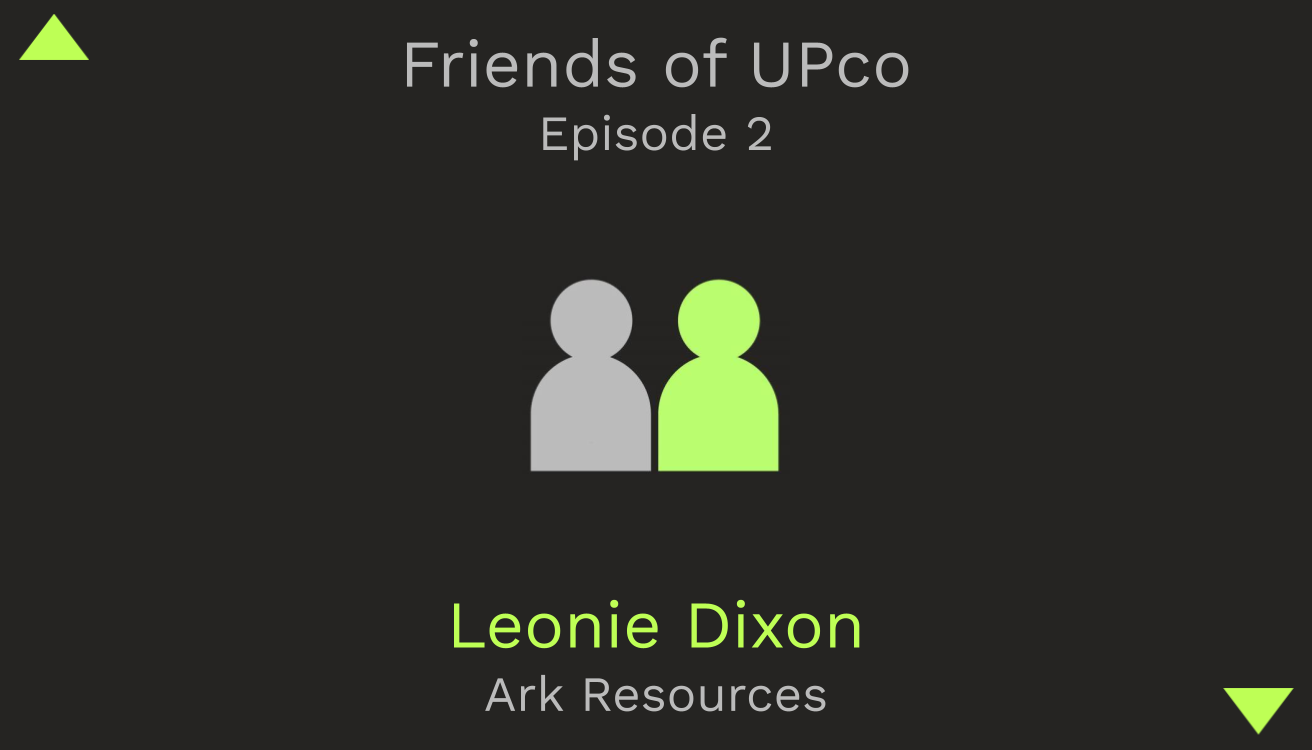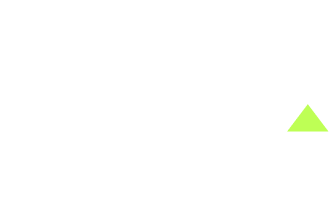
LEONIE DIXON
At UPco, we’re fortunate to work with a host of talented people, many of whom happen to be women. In honour of International Women’s Day (IWD) happening on 8 March 2023, we wanted to celebrate some of these brilliant individuals. One of IWD’s missions is to elevate and advance gender parity in technology, and celebrate the women forging innovation. So, we sat down to chat to someone who is doing just that: Leonie Dixon, the General Manager of Ark Resources, a leading Environmentally Sustainable Design (ESD) consultancy.

Thanks for taking the time to talk, Leonie – let’s start at the beginning. How did you end up as a sustainable design consultant? Were you always strong on the STEM side of things?
Quite the opposite, actually – I started out working in the theatre! I spent about 15 years working as a stage manager for the likes of Sydney Theatre Company and Bell Shakespeare, which was fantastic. But even though working in the arts was enormously inspiring, it became hard to sustain – there’s a lot of travel, and zero work/life balance. I got to a stage where I started to consider what I might do next. Having worked in such a specific niche, I wasn’t sure where or how my skills would translate.
I ended up sitting down with my partner (who had a job in the ‘real world’!) and wrote a CV that would make sense to him – essentially looking at what my skills were, outside of a theatre context. I realised I actually had plenty to offer. Being on the production side of theatre means you have to be an incredibly good communicator and work well in a team. It also teaches you to work to deadlines and solve problems – and you need a good dose of common sense. It dawned on me that those qualities could be valuable in many different sectors.
Makes sense! So, how did you land on sustainable design?
Well, around this time, I was considering renovating my house and I went to a sustainable living festival. I met these folks who were offering to come and assess your house, and explain what improvements you could make from a sustainability perspective. I thought it was a great idea, so I got them to come and look at my leaky old weatherboard cottage. They had some fantastic ideas, and my interest was piqued. I thought “this is something I could really be interested in doing.”
I did some digging and discovered a short course on home sustainability assessments, which was being offered as part of the Australian Government’s Green Loans program – so that’s what I did. From there, I stumbled upon my first job working for a start-up. They were willing to hire me for my characteristics rather than my practical experience, and they trained me up. I steadily worked my way up into more senior positions and fifteen years later, here I am at Ark Resources.
What’s one of the challenges you deal with in ESD?
Even though awareness of sustainability is on the rise, I think it’s still hard for a lot of people to embrace it until they’ve actually experienced it. Sustainable living is an abstract concept, and it can be hard to see the benefits – and people expect it to be expensive (which isn’t always the case if it’s done early and thoughtfully)! But the feeling you get from a sustainably designed building is incredible. Yes, it’s comfortable, but it’s more than that… these buildings embody a sense of peace and solidity. It’s a hard sensation to put into words – like trying to describe the taste of coca cola! So, one key challenge is enticing more people to experience what sustainably designed buildings are like to inhabit.
I know you’ve worked with UPco for some time. How does that relationship work?
UPco is one of several planning consultancies we work with here in Melbourne. Basically, they engage us to be part of the project team in an ESD advisory capacity, alongside other consultants who focus on different specialties such as landscaping, traffic or waste. We may come into a project at very early stages, or it may be later on – that generally depends on when UPco has been engaged. In any case, it’s our job to look at the architectural plans through an ESD lens, and make any recommendations we feel are necessary to gain development approval. We know what councils are looking for in a project – and we provide guidance on everything from energy and water use to daylight access or thermal performance, to ensure the relevant frameworks and targets are met.
Are there many women in your field?
It varies a little depending on the level you look at. When I gained my Masters in Sustainable Building, there was a big cohort of women studying alongside me. But when you get into the more complex, technical side of the industry, it tends to be male dominated. Of the thirteen people in our business, we have four women, including two highly qualified engineers, so there is change happening but there’s still a way to go.
I think industries like engineering are historically male dominated – and it even goes back to what happens at school, when boys have traditionally been encouraged (or expected) to choose STEM subjects in a way that girls haven’t. This flows through to what those boys and girls then study at university, the industries they join, the people they hire, and the patterns that form accordingly.
How do you think we can attract more women to ESD, and other STEM-related industries?
There’s no simple answer, and I think it will take some time. On one hand, we need to encourage girls to participate in STEM subjects and build awareness of those possibilities at a real grassroots level. But, even if we can get more women qualified, we need to make those industries attractive places for women to work. A lot of that comes down to culture – ensuring that the workplace feels safe and inclusive for women, especially those who are young and just starting out. And for that to happen, I believe we need women in adequate numbers. It’s not just about having one or two token females, it’s about strong representation that, in turn, builds a culture where women feel supported.
This isn’t just the case in our sector, either – it’s across the board. Consulting, development, construction… there’s a lot of scope for better gender balance across all those industries. When I was building my house, I actively sought out building companies that hired female apprentices, and there really aren’t many out there. And imagine being an eighteen-year-old woman starting out on the average construction site – it would be terrifying! Even things like workwear are barriers for women – unless you’re a man, it’s almost impossible to find clothes to wear on site.
So yes, I think it’s a challenge that demands multiple solutions, and one that needs to be looked at holistically – within the whole industry, at every level.
What are your hopes for the future of your industry?
I hope to see a generational change that drives greater gender diversity and inclusion – and also a greater appreciation of sustainability. When I was growing up, neither one of these issues was something my parents thought about, but for young people, they’re both of critical importance. And in both cases, we have a lot of work ahead of us. But I’m glad I’m in a position to be helping move agendas in the right direction, whether it’s by explaining the value of ESD to a client, or ensuring more women have a seat at our boardroom table.
Thanks for the chat, Leonie, and for continuing to make our projects better. To learn more about Ark Resources, head to arkresources.com.au
